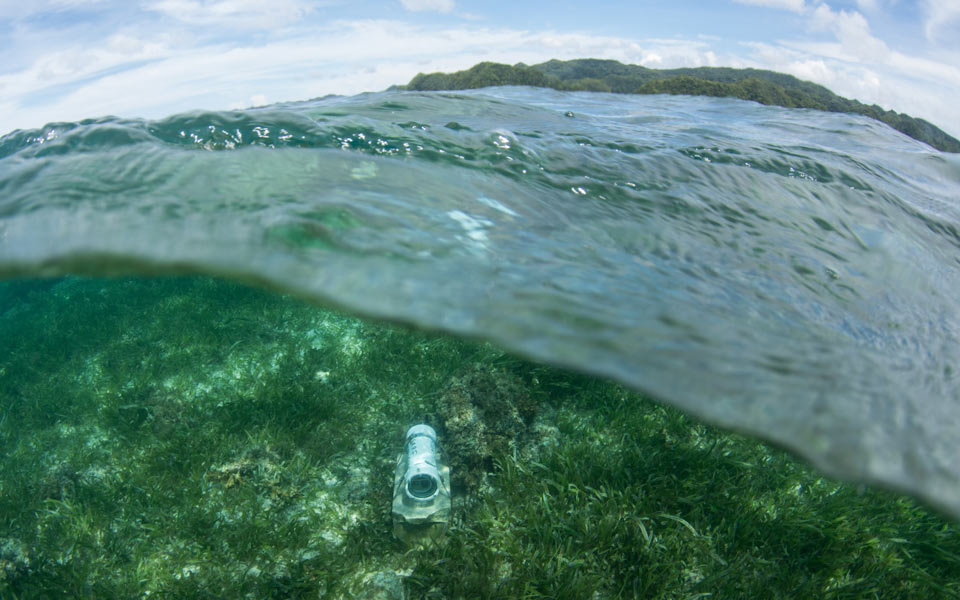
Dugongs
Mesekiu – Palau’s dugongs
The dugong (Dugong dugon) is one of only four fully aquatic herbivorous mammals and is found in coastal waters of the tropics and subtropics. Known in the Palau Islands as Mesekiu, the dugong is a cultural icon with a substantial history regarding its hunting and value in the social hierarchy of traditional life. The Palau population of dugongs is unique in several ways. First, it forms the only known dugong population in Micronesia. Second, although no systematic population estimates have been conducted to date, the population is thought to be small – likely less thana few hundred individuals. Third, given Palau’s geographic remoteness from other land masses, its dugongs are thought to form the most isolated and possibly the most critically endangered dugong population in the world.
Current state of knowledge
Several attempts have been made to examine the numbers and status of Mesekiu in Palau, usually through aerial surveys using light aircraft or helicopters. From detailed surveys made in the past decade over limited areas we now have a good idea where dugongs occur at various seasons and tidal states within the confines of Koror State, a dugong ‘hotspot’ in Palau. Despite these past efforts to better understand Palau’s dugongs, critical gaps remain in our scientific knowledge of their habitat use and behaviors, including those involved in resting and activity, foraging, longitudinal (swimming) and vertical (diving) movements, diurnal migrations, predator avoidance, and the seasonality and timing of different behaviors such as breeding and calving.
Cameras in the sky and in the seagrass
This project is funded by the Small Grants Programme of the Global Environment Facility (GEF).
Project title: Behavioural observations and habitat use of dugongs (Dugong dugon) in the Rock Islands Southern Lagoon, Koror State, to enhance public awareness and management effectiveness for dugong conservation in Palau.
For this project we used drone technology and underwater time-lapse cameras to address some of the afore-mentioned scientific questions about Palau’s dugongs, and to support ongoing conservation efforts. We chose to use drones and stationary underwater cameras because they represent non-invasive, cost-effective survey and observation methods to strengthen public awareness and support for dugong conservation among Palau’s community.
Drone surveys were conducted at least twice a month and focused around the Ngederrak Conservation Area. We used these observations to gather data on the distribution and behavior of dugongs, their migration patterns over the reef, and their group composition. The footage was also used for public outreach using virtual reality headsets, which allowed kids and adults to see this rare and iconic animal without having to pay for a boat (or plane!) trip. Watching the drone footage through these headsets gives the viewer a feeling of flying over the reef flats and seagrass meadows among the UNESCO-World Heritage-listed Rock Islands, and provides an easy and unique viewing experience of an animal that is typically shy of boats and divers. Continuing on from our work in 2018, we have conducted community outreach at schools throughout Palau and at various public events such as the Science Fair, Ocean Day and others.
This function has been disabled for Coral Reef Research Foundation.










